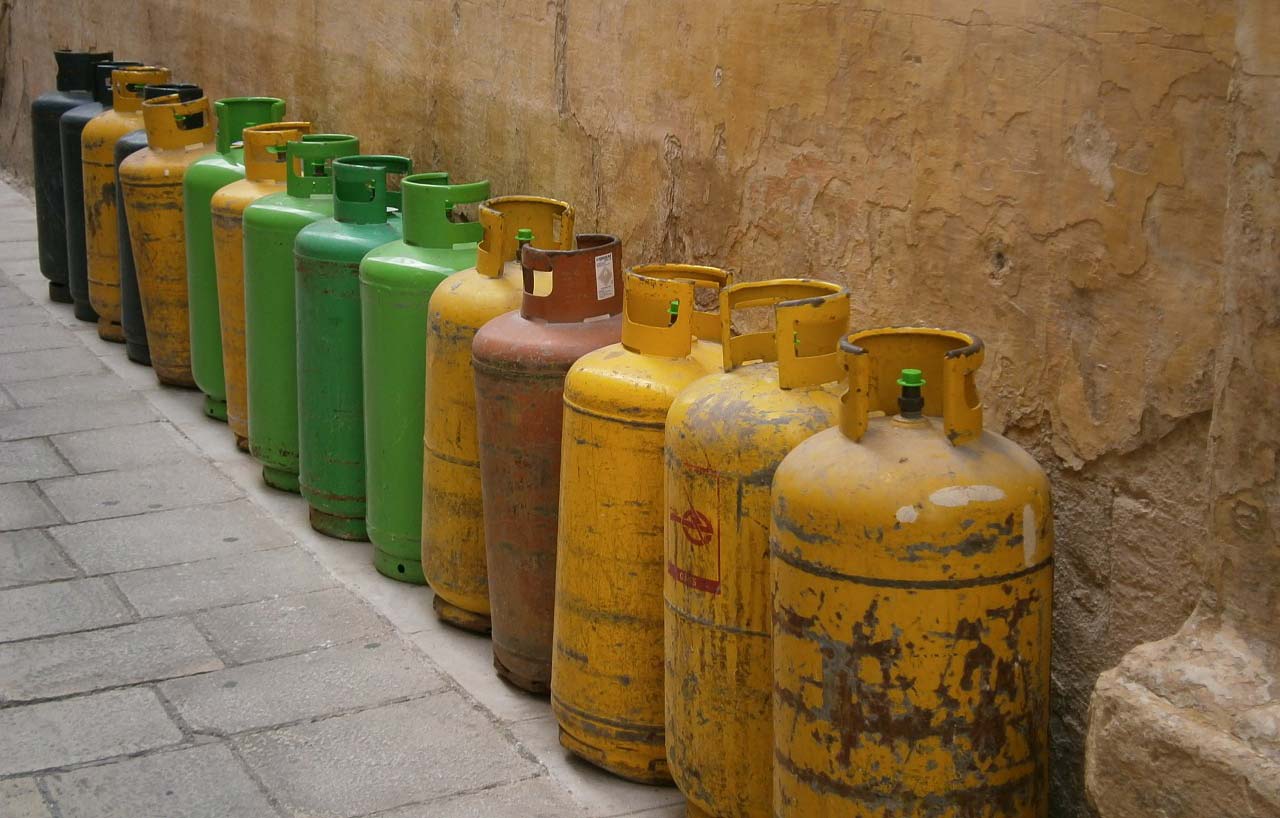
Compressed Gas Standards and Common Hazards
At Air Source Industries, we follow the comprehensive safety requirements needed to provide you with top-quality compressed gas for your business. Air Source Industries prioritizes the safety of our customers and employees. Our team conducts ongoing safety training throughout the year. Our dedication to safety extends to making sure your compressed cylinders at your business are delivered and stored safely.
There are numerous safety considerations when you are working with compressed gas cylinders. You need to be aware of safety in all industries and conditions.
We’ll review the common types of compressed gas, how gas standards are set by the government, and common hazards that can be avoided through proper safety.
What are the Major Compressed Gas Classifications?
Compressed gases are grouped into 3 major categories based on the states of gases:
- Liquid (carbon dioxide and nitrous oxide)
- Non-liquified gases (oxygen, nitrogen, and helium)
- Dissolved gases (acetylene)
You’ve likely aware of liquid and non-liquid gases before but may not have heard of dissolved gases. Dissolved gases like acetylene are chemically unstable by themselves. Acetylene can explode at normal atmospheric pressure. Dissolved gases can be safely stored in cylinders when porous filler material and solvent like acetone are added.
OSHA Sets the Standards
The US government has strict compressed gas regulations to help reduce the risk of dangerous hazards and combustion. The Occupational Safety and Health Administration (OSHA) is the US government agency tasked with setting safety standards to protect workers and avoid hazardous conditions.
OSHA has set specific standards (rules) around labeling, storing, transporting, and operating compressed gas cylinders. The OSHA website has the complete rules enumerated for the different types of compressed gases and they are very detailed regulations. As an example, there are specific regulations around oxygen fuel gas used for welding and cutting.
OSHA is also very concerned about worker health and safety and advocates on their behalf. The agency informs employees on their rights and investigates any reported workplace violations seriously. Workers can file a complaint when they see any potential safety issues to bring it to the agency’s attention to investigate.
Common Compressed Gas Hazards
Hazards can range in severity from minor to major including serious injury and death. Being aware of the potential hazards when operating cylinders will help you stay safe. Following OSHA safety standards, reading the Safety Data Sheets (SDS), and testing cylinders regularly can help reduce the risk of hazards.
Common compressed gas hazards include:
Pressure (Too Much or Little)
A cylinder under too much pressure may rupture. Cylinders that are under-pressurized may not operate correctly and also cause risks like the gas flowing back into the cylinder.
Cylinder Damage
There are also situations where damaged cylinders under high pressure can take off like a rocket that can cause bodily injury to people nearby or property damage. Keeping cylinders securely strapped in their storage areas reduces the risk of damage.
Leaks
Compressed gas leaks are hazardous. Depending on the gas, a leak could cause inert gas to collect in high concentrations and cause asphyxiation without people being aware of the leak.
Health Effects
Direct exposure to certain gases can have long-term health consequences. Some gases are toxic to people if they are exposed and it also depends on the concentration and other factors.
Fire and Explosion Hazards
Compressed gases are classified as flammable when they pose a fire or explosion hazard. You can identify cylinders containing gases classified as flammable by looking at the label. Flammable gases like acetylene are classified as Hazmat Class 2 with a red diamond symbol and flame icon.
A way to reduce the risk of combustion is by keeping cylinders in approved storage areas away from heat sources like open flames and high-temperature environments. Reading the cylinder label allows you to identify the specific flammable gas and follow the necessary safety guidelines from the Safety Data Sheets (SDS).
Flashback
A flashback occurs where a gas trail is ignited and the fire flows back to the cylinder. A flashback event is extremely dangerous and can be avoided.
Regularly check the cylinder regulators, valves and the cylinder wall for leaks or flow issues. Storing the cylinders in well-ventilated areas helps prevent gases from pooling in high concentrations if there is an unnoticed leak.
Another safety measure is using a flashback arrestor that acts to stop the gas from returning into the cylinder. A flashback arrestor is commonly used in welding to prevent the reverse flow of gas or flame from going into the cylinder.
Oxidizing Gases
There is also fire and explosion concern for oxidizing gases, gases that are a higher percentage of oxygen than air (>23.5% oxygen) that can combust with materials in the outside environment. Types of materials that can react with oxidizing gases are organic substances containing carbon, certain metals, and other oxidizable substances.
Oxidizing gases react very quickly with oxygen-rich environments and fire can spread quickly. It may be difficult to extinguish an oxidizing gas fire once it starts. Having CO2 extinguishers or dry chemicals on hand can be used to help reduce the initial fire spread.
Conclusion
We care about the safety of our customers and employees when using compressed gases. Our staff undergoes safety training throughout the year to stay up the date on the latest safety requirements. Our well-trained Air Source technicians will set up and secure your business gas cylinders for you.
Discover how Air Source Industries can support your business by contacting our friendly customer service team. We’ll help you determine the right type and quantity of gases you need. We’ll also provide you with a free gas quote. Fill out our online form or call us at (562) 426-4017 to get started.
Sources
- https://www.osha.gov/SLTC/compressedgasequipment/
- https://www.ccohs.ca/oshanswers/chemicals/compressed/compress.html
- https://www.creationsafety.com/compressed-gases/
- https://www.schc.org/assets/docs/ghs_info_sheets/oxidizing_gases_2017-04.pdf
- https://ehs.unc.edu/chemical/compressed-gas/
- http://www.colby.edu/humanresources/wp-content/uploads/sites/170/2015/05/Gas-Cylinder-Safety-Talk.pdf
- https://www.youtube.com/watch?v=dVZ1LbQCU3o
- https://en.wikipedia.org/wiki/Oxy-fuel_welding_and_cutting#Flashback
- https://en.wikipedia.org/wiki/Flashback_arrestor

